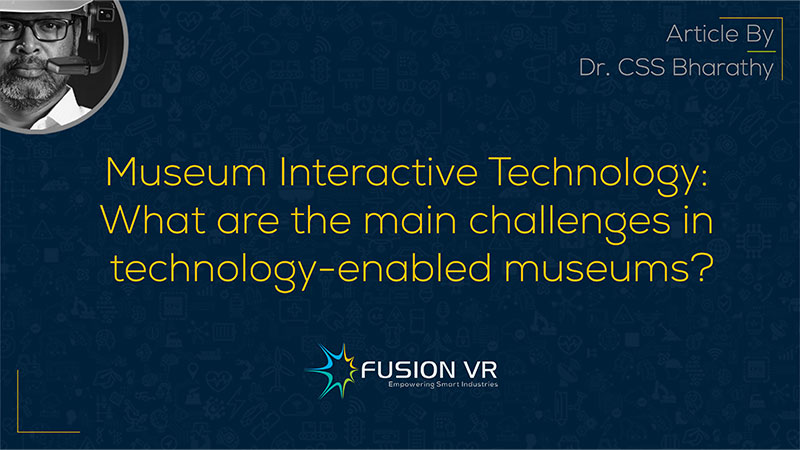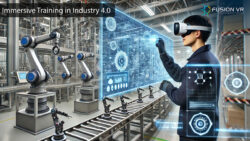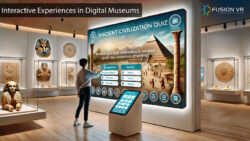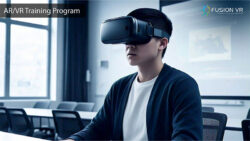A museum allows each one of us to look at our past, reflect on it and help pave the way for our future. It is like the rearview mirror in the cars we drive and quite essential too. Museums are repositories of the cultural heritage and history of the planet we live on.
It enables us to value, cherish and learn from it. It helps unify people and support a narrative that is desired. It also serves as a means to honour contributions from the generations gone by. Cultural heritage professionals such as museum directors, curators, artists, anthropologists, historians, and educators have long championed the utility and immense value that museums bring to any society.
Museums have largely been government-driven entities that receive funding and other forms of support to ensure their continued operations. It also depends on other government agencies to encourage and support people to visit museums and contribute to their growth. Memberships are granted to people for unlimited access to education, research or just personal enrichment. Private museums have also sprung up in many cities across the world.
As their private collections grow, they also tend to become more popular and rival the collections of major government-funded museums. The Salar Jung museum in Hyderabad was originally the private art collection of Salar Jung III, a prime minister in the erstwhile kingdom of Hyderabad was endowed to the nation after his death. As people have broadened their interests, there are many private museums that showcase objects and artefacts related to them.
Affordable and Popular Technologies for Museum Experiences
To ensure continued support, museums are embracing digital interactive technologies to attract and engage people of all ages and from all walks of life. Museum professionals are tapping into these technologies to develop content and integrate them into the visitors’ experience of museums.
There are various technologies in museums that have their advantages and challenges too. The most common application of technology has been the virtual tours. The exhibits are photographed in high resolution and displayed on the museum’s website.
This is accompanied by detailed information about the exhibit in text and audio clips. The biggest advantage is that the complete information on the exhibit is brought to your doorstep or, more accurately, to your fingertips. You can dwell on it for any amount of time by yourself or with your group or class.
The virtual tours also extend as three-dimensional walkthrough tours, where you actually navigate through the virtual museum and stop by each exhibit and learn more about it. This navigation can be through a flat screen or immersive with a VR headset.
This technology is greatly useful for the invalid who cannot travel to these cities to experience the museum and also for those who cannot afford to travel due to cost and logistical challenges.
Augmented reality and virtual reality are rapidly adopted in museums, memorials and corporate experience centres across the world. Many people want to experience these technologies that are not only fun but quite memorable as well with interactive exhibits.
The great thing about these technologies is that they have become increasingly popular and affordable as well. Augmented reality, or AR, is accessible with the ubiquitous smartphone. AR apps are being developed to customize the experience inside a museum.
From Immersive VR to Interactive Exhibits: Exploring Museum Technology
QR codes placed next to exhibits launch all the necessary details on the exhibit. It also allows information to be presented interactively as the exhibit is viewed through the device’s lens. Animated information can be overlaid, guiding the visitor to closely examine the artifact’s features and provide historical details on it.
The experience can be personalized with a photograph alongside the exhibit and sent directly to the smartphone, which can be shared, liked, retweeted, and so forth. The possibilities in the world of social media are unlimited.
Similarly, Virtual reality (VR) provides an immersive experience that quite literally transports the visitor into a different era and environment. This is quite a unique, memorable and also a transformative experience. The learnings from a VR experience are long-lasting and emotionally connected. Young visitors, particularly those from this millennium, are attracted to this.
VR has the ability to create the feeling of being transported somewhere else, imaginary or far away! Museum simulation technology has developed to a great extent that makes such experiences possible today. Surprisingly, some experiences are only available virtually. Yes, they are only on VR.
You may have heard of the Kremer Museum, which showcases a collection of paintings from the Kremer family. These are paintings from Dutch and Flemish artists from the 17th century. These are now available to a wider audience across the world as it is presented through virtual reality.
One of the key challenges with technology-enabled museums is access to the technologies that make it possible. The growth of technologies has made it possible to acquire them at a lower cost, but it still presents a significant investment to design, construct and maintain digital exhibits and experiences. One could anticipate the growth of interactive museums in the next decade as the enabling technologies become more cost-effective.
Balancing digital experiences with real artefacts in museums
Another key challenge is the availability of museum interactive technology professionals who can team up with museum curators, educators and media professionals to develop engaging content for museums. There are courses that introduce the concept of digital museums to graduate students with the hope of developing future professionals who can manage all aspects of it. The collaborative effort required from technologists and creative professionals to develop digital and immersive content is still massive.
There are very few solution providers who have the diverse set of capabilities to provide digital museum solutions that deliver high technical quality and aesthetic appeal at the same time. Today’s interactive tech museum staff also need to be trained and equipped with skills to operate and maintain these high-technology exhibits at such interactive museums.
While the museums have valuable historical and archaeological artefacts on display, the digital experiences could divert visitors from the real deal. The objective should be to attract visitors, engage them and also enable a deep appreciation of the value of such collections. They should not, however, inadvertently divert attention away from these exhibits. They have to complement and enhance them and eventually add value to the overall museum experience.
We have nearly two decades of experience in developing and implementing digital solutions for museums and world heritage attractions. We have contributed to the development, installation and ongoing operations of many prominent interactive digital museums in the country. A few of the many prominent digital museum projects under our belt are the Dr. J. Jayalalithaa Amma Museum & Knowledge Park in Chennai and Ramakrishna Mission (RKM) Museums in major cities in India which showcase the potential and immense possibilities that technology-enabled museums deliver.
We can confidently say that the future of digital museums is bright, and that will help to preserve and showcase the country’s immense cultural, scientific and spiritual heritage for generations to come. They will draw people of all ages and backgrounds to museums, making them a place for learning, interaction and growth. They will also inspire young minds and accelerate their understanding of many things, past, present and future.





